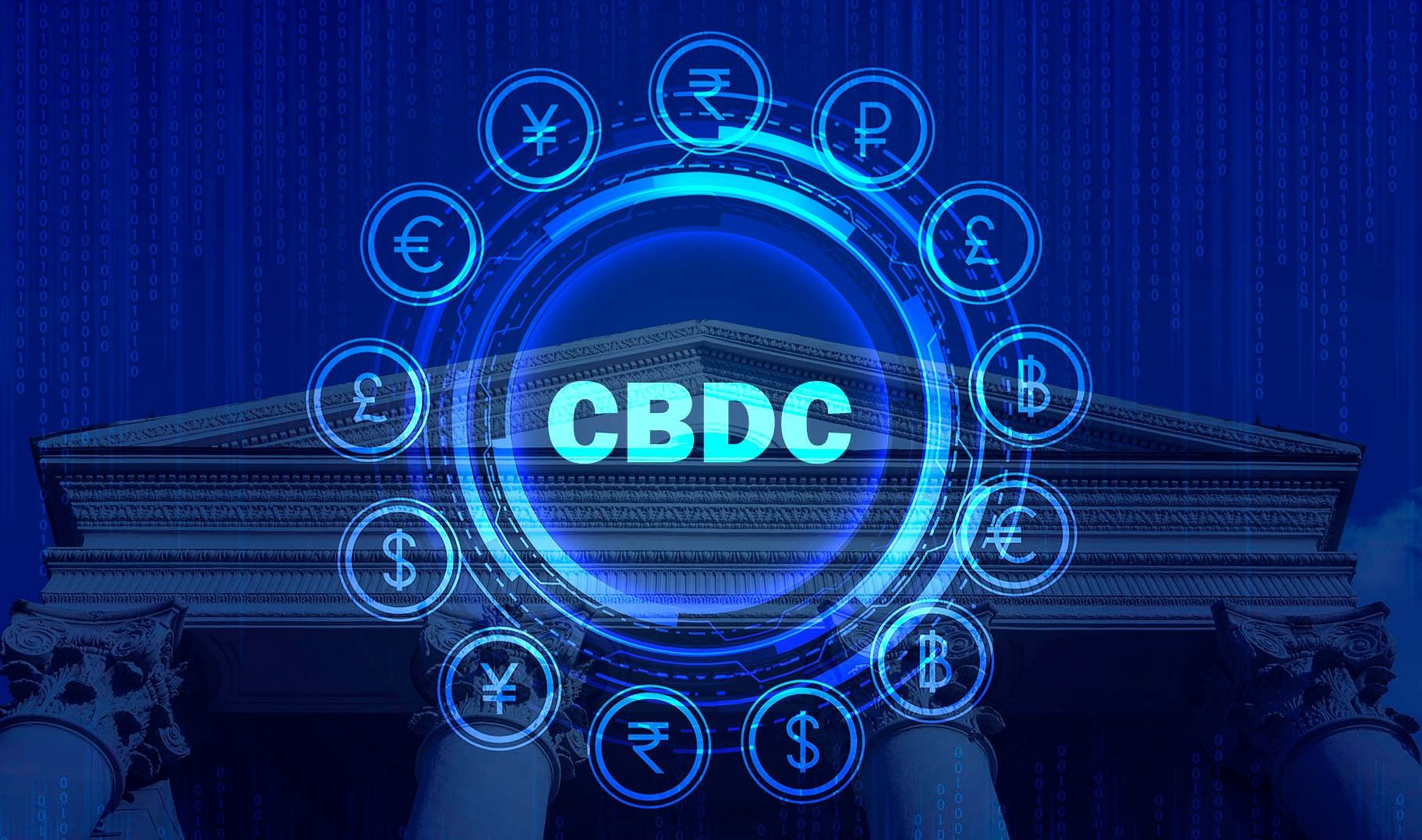Blockchain giant Ripple has recently published a white paper offering a deep dive into the world of Central Bank Digital Currencies (CBDCs). This article explores the key revelations, potential benefits, and challenges discussed in Ripple’s groundbreaking document.
Ripple’s white paper reveals a global surge in CBDC projects, with 130 countries, accounting for 98% of the global GDP, actively engaged in CBDC initiatives. Explore how G20 nations, including the United States and China, are taking the lead in various project stages.
Finance Leaders Predict a Digital Future
A recent survey by Ripple indicates that a staggering 85% of global finance leaders anticipate their countries launching a digital currency within the next four years. Uncover the sentiments and expectations driving this digital revolution.
While recognizing the advantages of CBDCs, Ripple’s white paper candidly addresses deployment risks and challenges. These challenges include increased centralization, reduced regulatory oversight, difficulties in reversing fraudulent transactions, and increased reliance on third parties.
Ripple emphasizes the need for a delicate balance between centralized control and the innovative features enabled by blockchain technology. Uncover how this delicate equilibrium is crucial for the success of CBDCs.
Ripple’s Collaborative Approach
Ripple is actively engaged in collaboration with more than 20 central banks on CBDC initiatives. The company’s CBDC platform aims to provide stability, security, and financial inclusion through easy wallet access, interoperability with existing payment systems, and reduced energy consumption.
In the latest market update, XRP‘s price stands at $0.6194, reflecting recent trends and movements in the cryptocurrency landscape.
Credit: Source link

















